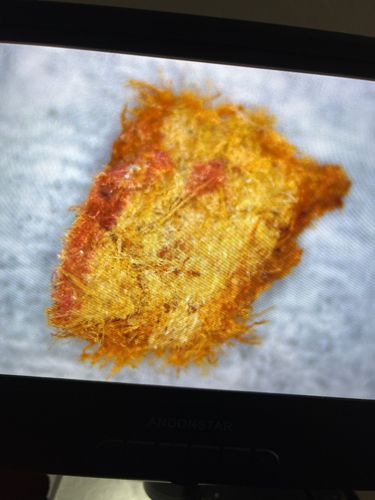Case-bearing Clothes Moth
Scientific Name: Tinea pellionella
Order & Family: Lepidoptera, Tineidae
Size: Larvae can reach up to 10-12 mm in length. Adults have a wingspan of 9-16 mm.

Natural Habitat
Indoors, commonly found in closets, attics, basements, and storage areas where suitable food sources (clothes, carpets, upholstered furniture, stored foods) are available. They thrive in undisturbed, dark, and humid environments.
Diet & Feeding
Larvae feed on a wide variety of natural fibers containing keratin, such as wool, fur, feathers, hair, felt, and silk. They can also consume cotton, linen, synthetic fibers (if mixed with natural ones), and stored food products, making them general pantry and fabric pests.
Behavior Patterns
Larvae construct silken cases covered with debris, which they carry around for protection. They are slow-moving and often found in damp, dark places. Adults are short-lived and primarily focused on reproduction. The larvae are the damaging stage, feeding on various organic materials.
Risks & Benefits
Potential risks include significant damage to textiles, clothing, carpets, and stored food products, leading to economic loss. They generally pose no direct health risks to humans. There are no known direct benefits to humans, though they play a minor role in decomposition in natural environments.
Identified on: 9/3/2025